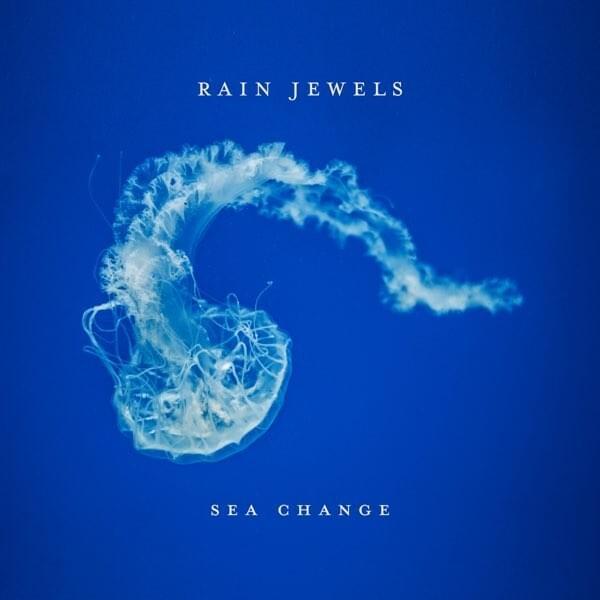The rainy season is always one to be aware of, with intense summertime shows and the threat of hurricanes lurking on the horizon. When you live in Florida, even if it is for just a short time, you should quickly become accustomed to this natural cycle.
Even though we have our dry spells, no one should be surprised when the rains come. Depending on where you live, daily rainfall may not have much impact on how wet your yard is, or you may see frequent periods of standing water. Factors that control your drainage include land elevation, slope, soil type, ground vegetation, and paved surfaces.
Generally speaking, the higher, sandier, and more vegetated your land is, the better it will drain. On the other hand, low land with poorly-drained soil and less vegetation will stay wetter and be more vulnerable to flooding. Also, properties that are more sloped and more paved produce more stormwater runoff. Obviously, another important factor is the cleanliness of the natural and man-made drainage ways, which will be discussed further.
Looking at the bigger picture, where a property is located within a drainage basin goes a long way in influencing flood risk. Think of a drainage basin as a large bowl-shaped area of land. The edges of the bowl are the higher ground, and the middle area, the lower ground. At the center, or lowest point of the bowl, is where a lake, creek, or river would be located. The shape and variation of higher and lower land elevations over this land bowl is called topography.

The topography of your property – or the “lay of the land” - is very important information to know, especially when trying to determine if the vacant lot you are considering to buy might flood. Flood zone maps are generally created by using a determined land elevation (example: 45 feet above sea level) and following the contours of that land elevation to mark the flood zone boundaries on the map.
An easy way to find out if your property is in a high-risk flood zone is to visit the FEMA Flood Map Service Center website (msc.fema.gov/portal/ home). You can enter an address or other property identifier and an online map identifies whether your site is located in an area of minimal risk or high risk for flooding.
Clean, well maintained drainage ways are critical to combat the risk of flooding. Along with County government, citizens have an opportunity to participate in the on-going efforts to keep our county’s creeks, streams, and ditches flowing freely. Simply abiding by the established ordinances in Osceola County, which prohibit dumping of materials in these drainage ways, is a good start. Dumping any kind of solid waste or non-stormwater related discharge into drainage ways or waterbodies is banned under Chapter 9, Article III (Section 9-90) & Article VIII (Section 9-193), and Chapter 19 Article I (Section 19- 3[d]) of the Osceola Code of Ordinance. Handling these materials properly is important to help prevent blockages in driveway and road culverts, and reduces premature sediment buildup in streams and ditches.
Trash, refuse, yard waste, and recyclables are all materials that should be properly collected and disposed by your solid waste service. Citizens can also dispose of household chemicals, waste oils, or hazardous materials at the County’s Bass Road Solid Waste facility. We recommend the public visit the Osceola County’s Solid Waste website, www.osceola.org/agenciesdepartments/publicworks/solid-waste, to find out more about services that are available.
Eliminating all flooding events is not only impractical, it is not possible. Flooding cycles are as natural as rain. What we can do, however, is reduce the risk of human impacts from flooding. We can also make sure our stormwater drainage systems are well maintained and ready to receive the volumes of runoff they are designed to handle. Please join the effort in reducing flood risk by keeping trash where it belongs – in a can, not on the land.
Jeremy Buchanon is with the Osceola County Natural Resources Division.
